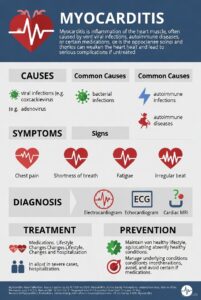-
-
- Gastrostomy feedings
- Often used for children in whom passage of a tube through the mouth, pharynx, esophagus, and cardiac sphincter of the stomach is contraindicated or impossible.
- It is also used to avoid the constant irritation of an NG tube in children who require tube feeding over an extended period.
- A gastrostomy tube may be placed with the child under general anesthesia or percutaneously using an endoscope with the patient sedated and under local anesthesia (percutaneous endoscopic gastrostomy [PEG]).
- Nasoduodenal and nasojejunal tubes
- Children at high risk for regurgitation or aspiration such as those with gastroparesis, mechanical ventilation, or brain injuries may require placement of a postpyloric feeding tube.
- A trained practitioner inserts the nasoduodenal or nasojejunal tube because of the risk for misplacement and potential for perforation in tubes requiring a stylet.
- Total Parenteral Nutrition
- TPN provides for the total nutritional needs of infants and children whose lives are threatened because feeding by way of the gastrointestinal tract is impossible, inadequate, or hazardous.
- The major nursing responsibilities are the same as for any IV therapy and include control of sepsis, monitoring of the infusion rate, and assessment of the patient
- General assessments, such as vital signs, input and output measurements, and checking results of laboratory tests, facilitate early detection of infection or fluid and electrolyte imbalance.
- Additional amounts of potassium and sodium chloride are often required in hyperalimentation.
- Therefore, observation for signs of potassium or sodium deficit or excess is part of nursing care.
- This is rarely a problem except in children with reduced renal function or metabolic defects.
- Hyperglycemia may occur during the first day or two as the child adapts to the high-glucose load of the hyperalimentation solution.
- Although hyperglycemia occurs infrequently, insulin may be required to help the body adjust.
- When this occurs, nursing responsibilities include blood glucose testing. To prevent hypoglycemia when the hyperalimentation is disconnected, the rate of the infusion and the amount of insulin are decreased gradually.
- Additional amounts of potassium and sodium chloride are often required in hyperalimentation.
- Family teaching and home care
- The family needs to learn how to feed the child with an NG, gastrostomy, or TPN feeding regimen.
- Plan ample time for the family to learn
- Perform the procedures under supervision before they assume full responsibility for the child’s care
- Refer the family to community agencies that provide support and practical assistance
- The family needs to learn how to feed the child with an NG, gastrostomy, or TPN feeding regimen.
- Gastrostomy feedings
-

Reduce Your Risk from Respiratory Viruses This Holiday Season
November 20, 2024, 12:30 PM EST For Everyone NOV. 20, 2024 WHAT TO KNOW Flu, COVID-19, and RSV illnesses are at low levels right now



